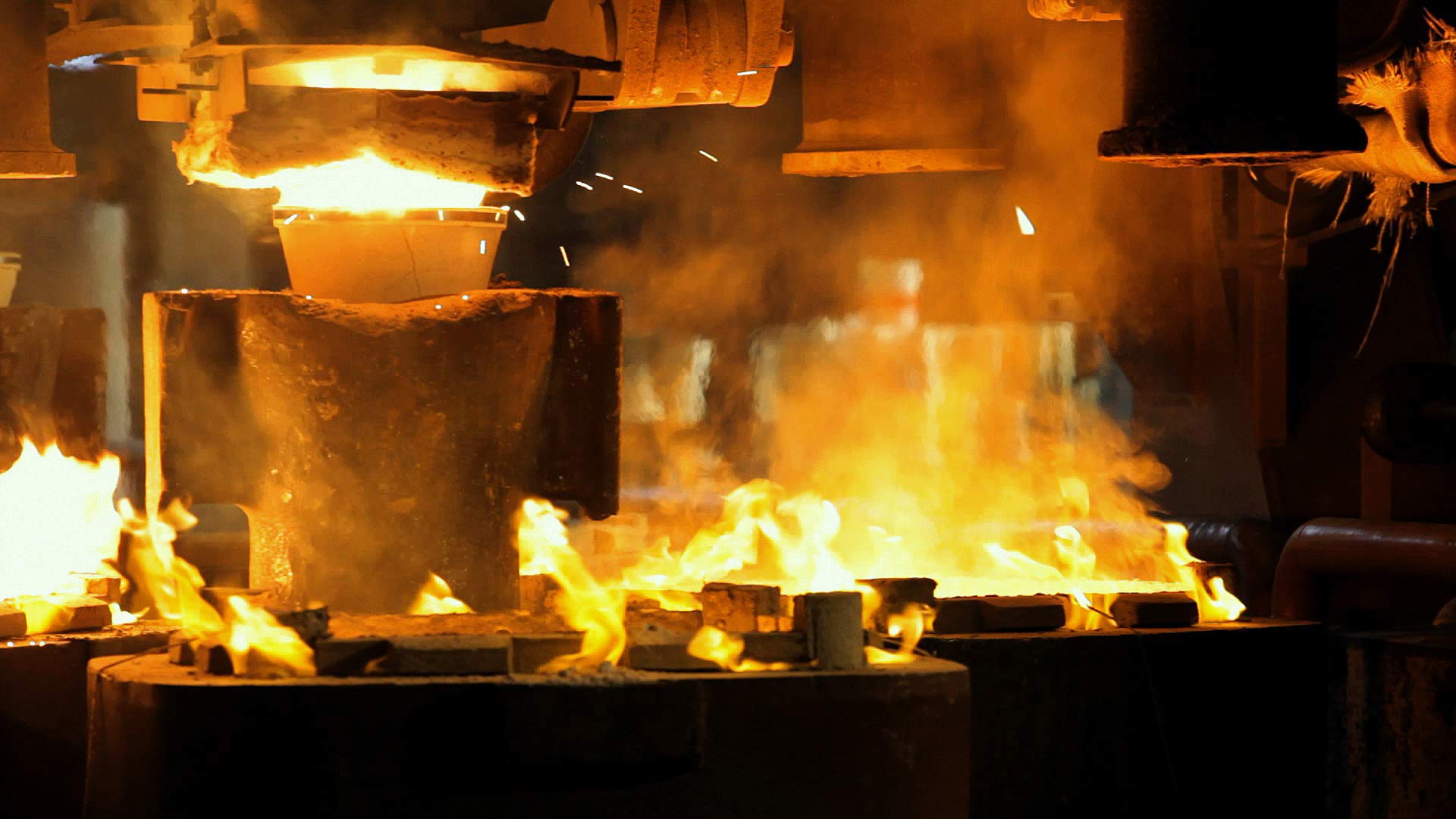Scegli l'unità di misura in cui visualizzare i dati:
Valbruna Grade
BIOVAL® X17MZ
Steel type
Ferritic Stainless Steel
Description of material
BIOVAL® X17MZ is a ferritic free machining grade with high machinability. It is extensively used in the automotive industries, for pump shafts and for soft magnetic components. A carefully controlled chemical analysis provides a ferritic structure that is very sensitive to magnetic fields and offers a general corrosion resistance slightly higher than of X17Z and X17ZDE.
Applications
Typical applications of BIOVAL® X17MZ are fresh water pump shafts, electromagnetic devices, fuel injection components, sensors in automotive applications, electromagnetic switches and relays, antilock brake systems, sensors and fuel pumps. This grade is not recommended for pressure vessels. For better magnetic properties, Magival series such as MG1 should be used.
Corrosion resistance
It should be well considered that, as with all free machining grades, Sulphur is added to improve machinability and the formation of MnS inclusions could prime points of pitting if exposed to some corrosive environments. BIOVAL® X17MZ has a good resistance to mildly corrosive environments such as fresh water, crude oil, gasoline, alcohol, some beverages and atmospheres. It should be noted that this grade, as for every kind of stainless steel, surfaces should be free of contaminant and scale, heat tint, and passivated for optimum resistance to corrosion. It’s useful to remember that the ferritic grades have a better stress corrosion cracking resistance than Austenitic grades.
Cold working
This grade is not suitable for cold heading and up-setting due to embrittlement effect of the Sulphur content and has not been specifically designed for cold forming and is usually supplied as cold finished round, hexagonal and square bars for machining processes. This grade cannot be heavily cold deformed.
Machinability
BIOVAL® X17MZ has a very good machinability typical of all Ferritic free machining grades. Productivity gain depends on the types of machines, the kind of tools used and their geometry, cutting fluids and the kind of machine operations on the pieces produced. Its structure influences the surface finish (roughness) and the chip morphology. Within certain limits, a little bit harder structure typical of annealing + cold finishing (such as cold drawing) offers advantages in some machine operations and better surface roughness.
Weldability
BIOVAL® X17MZ, as with other free machining grades with a high Sulphur content, is not recommended for welding because the fused zone tends to form porosity. In any case, low heat inputs and a type 430 filler metal should be used. Austenitic fillers, in order to increase the ductility of weld, don’t solve the problems in HAZ unless a PWHT is applied. A PWHT restores the ductility in improbable case of Martensite formation and diffuses back the Chromium into the depleted zones close to grain boundaries restoring its corrosion resistance. It should be noted that this grade, as for every kind of ferritic steel, produces large grain structures in FZ and HAZ.
Hot working
BIOVAL® X17MZ has not been designed for hot working and is usually supplied as cold finished round, hexagonal and square bars for machining processes. It’s important to know that all free machining grades have a poor hot plasticity and this characteristic must be well evaluated in forging processes. Blooms and ingots may require a suitable preheating to avoid cracks and an air cooling after forging. Overheating must always be avoided in order to reduce the risk of internal bursts and a structure with large coarse grains. An annealing after forging should be always be performed in order to restore both corrosion resistance and enhance the ductility.
Designations
| AISI | 430F |
|---|---|
| W.N. | 1.4105 |
| UNS | S43020 |
| EN | X6CrMoS17 |

